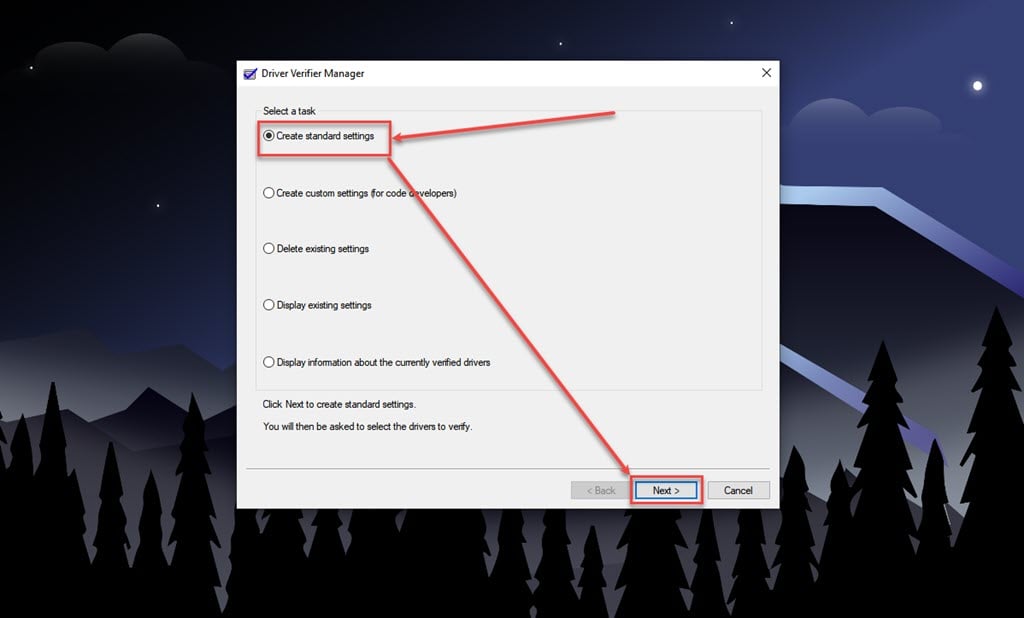Windows 11, the latest operating system from Microsoft, has brought many new features and a revamped user interface. However, like any other operating system, it is not immune to errors and issues. One such error that users may encounter is the Driver Power State Failure. This issue can cause your system to crash or enter a sleep state unexpectedly, disrupting your workflow and potentially leading to data loss.
In this article, we have discussed the causes of the Driver power state failure in Windows 11 and a few ways to help you fix the problem.
What is a Driver Power State Failure error?
The Driver Power State Failure error typically occurs when a driver cannot complete its requested power state transition. This transition is crucial for efficiently functioning hardware components, such as graphics cards, network adapters, and sound cards. When a driver fails to switch to the required power state, it triggers a system crash, leading to the dreaded blue screen of death (BSOD) or the computer entering sleep mode.
Also read: How long does Windows 11 take to install?
What are the causes of the Driver Power State Failure error?
Below we have mentioned a few possible reasons that might be causing the Driver Power State Failure error.
- Outdated drivers.
- Incorrect power settings.
- Hardware issues.
- Software conflicts.
How to fix the issue?
If you are encountering the Driver power state failure error, we have explained a few methods to help you resolve the issue.
Update drivers
Ensure that all your drivers are up to date. Visit the official websites of your hardware manufacturers and download the latest drivers specifically designed for Windows 11. Alternatively, you can use reliable driver update tools to simplify the process and ensure that all your drivers are updated automatically.
You can also update drivers from the device manager. To do that, follow the steps below.
Step 1: Press the Windows+X and tap on the Device Manager option in the dropdown menu.

Step 2: Find and then expand the device category in which you want to update the drivers, and right-click on the driver.

Step 3: In the pop-up menu, click on the Update driver option.

Step 4: In the new window, click on the Search automatically for drivers option.

Run Driver Verifier
Driver Verifier is a helpful tool that enables you to examine your drivers and detect corrupted or problematic files. Using this tool, you can identify a compilation of unsigned drivers within your system that could potentially lead to the Windows driver power state failure issue.
To run the driver verifier, follow the steps below.
Step 1: Search for Verifier and click on the first option in the result.

Step 2: In the pop-up window, select Create standard settings option and then click on the Next button.

Step 3: Select the Automatically select all drivers installed on this computer option and then click on the Finish button.

Reboot your PC for the changes to take effect. You can identify the drivers responsible for the driver power state failure issue, allowing you to decide to either disable those problematic drivers or update them to the most recent version.
Change power settings
Check your power settings to ensure they are properly configured. to change the power settings on your PC follow the steps below.
Step 1: Search for Power Plan and click on Edit power plan in the results.

Step 2: Click on the Change advanced power settings.

Step 3: Adjust the power plans and make sure they are compatible with your system hardware.

Remove the external hardware
The driver power state failure issue in Windows may occur because of recently installed hardware. To resolve this problem, it is necessary to remove the implicated hardware.
To do so, disconnect the newly installed hardware from your computer. Subsequently, restart your computer and verify if the driver_power_state_failure issue persists.
Resolve software conflicts
Software conflicts can cause driver issues and trigger the Driver Power State Failure error. To resolve such conflicts, uninstall any recently installed programs or drivers incompatible with your system.
Also read: Bluetooth headphones delay in Windows 11: 5 Fixes






